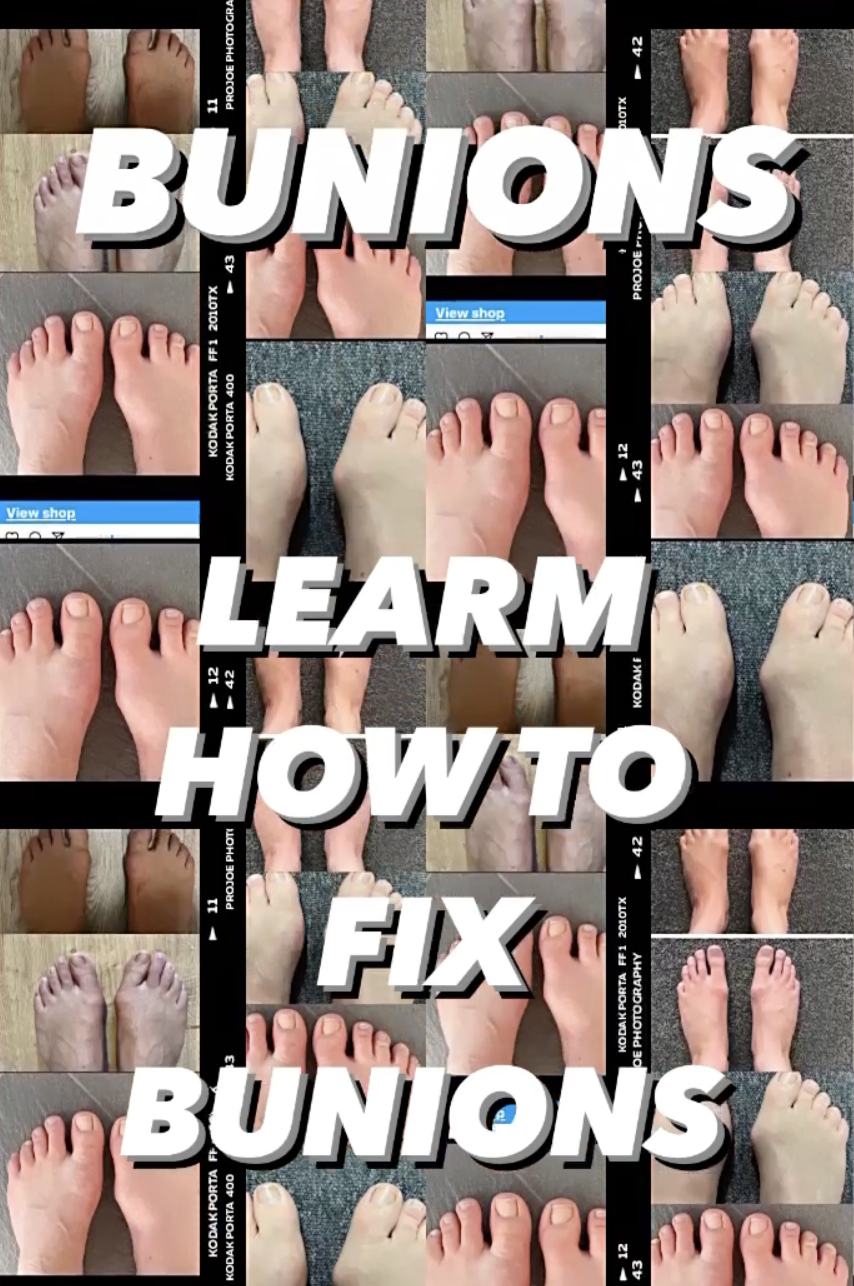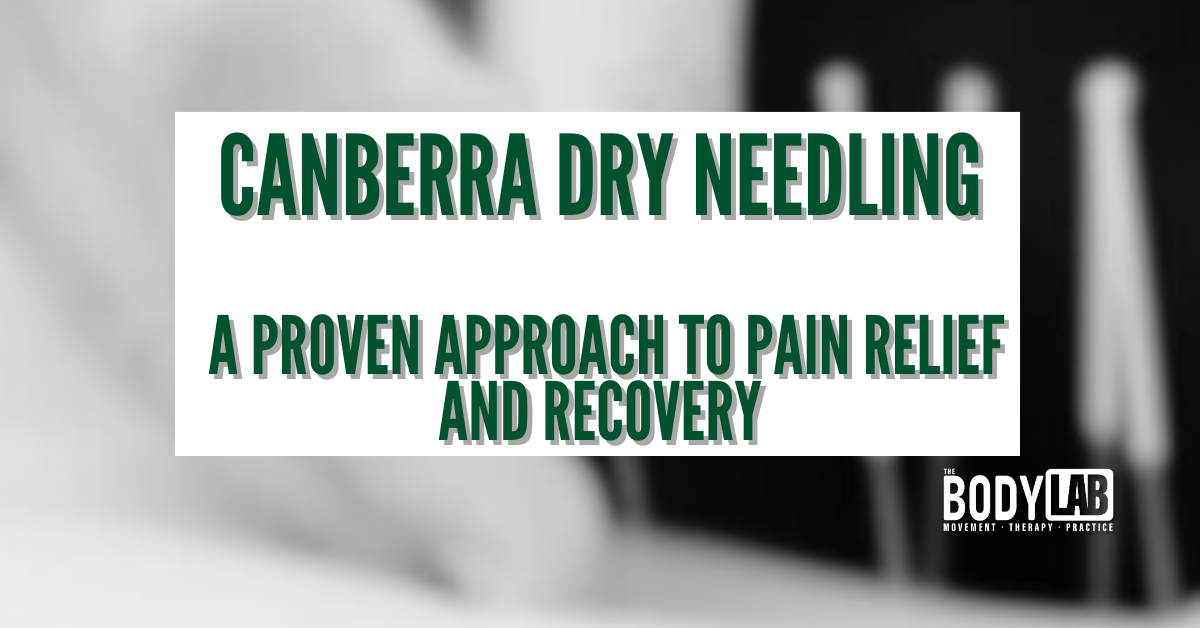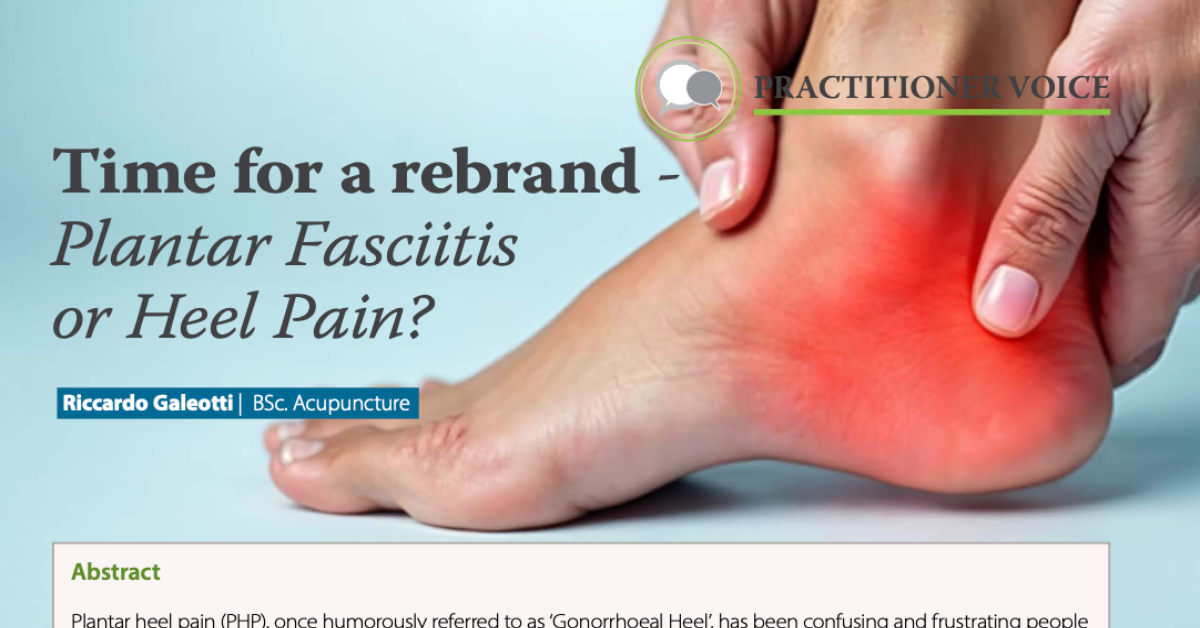
How Talus Misalignment Can Lead to Bunions: A Manual Therapist’s Guide
Discover how talus misalignment contributes to bunion development and why manual therapists must assess foot mechanics beyond the toes. Learn practical assessment, mobilisation, and correction strategies in Riccardo Galeotti’s Feet Mechanics Workshop—where structural change starts at the foundation.

Want to Move Better and Feel Stronger? It Might Be Your Ankles Holding You Back
Still feeling stiff or unbalanced even after stretching or strength work? Your ankles might be the hidden culprit. Learn why ankle mobility matters more than you think—and how to fix it with simple, science-backed exercises.

Understanding ACL Injuries in Female Athletes: Mechanisms, Risk Factors, and Prevention
ACL injuries are sidelining top female athletes like Sam Kerr and Mary Fowler — but why are women more at risk? From hip width to foot mechanics, this blog explores the real reasons behind ACL ruptures in women’s sport, and introduces a missing link many overlook: movement-based overpronation. Learn how The Body Lab helps athletes move smarter and stay injury-free.

Preventing Heel Pain: Tips for Individuals in Canberra
Love your morning jog or afternoon hike? Great! Just don’t let heel pain crash the party. This post shares practical tips for Canberrans to keep feet strong, supported, and pain-free—so you can stay active without the ouch.

Understanding Heel Pain in Canberra: Causes and Symptoms
Heel pain isn’t just an annoying foot niggle—it’s a red flag from your body. From plantar fasciitis to heel spurs, this blog breaks down the common causes and what those morning stabs in the foot are really about. Perfect for Canberrans who are tired of limping through life.

Your Bunion Isn’t Broken—It’s Brilliant (Sort Of)
Is your bunion really the problem—or just your body’s backup plan? Discover the real reason bunions form, why movement matters, and how a foot-first approach can help you walk pain-free. Join our expert-led webinar on bunions and plantar fasciitis.

The Myth of 'Neutral Spine': What It Really Means (and Why It Matters More Than Ever)
Think your spine has to stay in one “perfect” position to be healthy? Think again. Discover why “neutral spine” is a misunderstood concept and how your back is designed to move — not lock up. Backed by research and easy movement tips, this post helps you understand your unique posture and how to fix pain without forcing stiffness.

ATMS Webinar Series on Plantar Fasciitis and Bunions
Discover the root causes of bunions and plantar fasciitis in this ATMS webinar series led by Riccardo from The Body Lab. Perfect for massage therapists, physios, Pilates instructors, and movement specialists, the sessions explore how to truly restore foot function—without surgery or orthotics. Plus, get a sneak peek into Riccardo’s upcoming foot pain programs launching soon.

Movement Starts at the Joint – Not the Muscle
Think your tight muscles are the problem? Think again. At The Body Lab, we assess how your joints initiate movement — and how your muscles and nervous system respond. If you’re stuck in pain, posture issues, or recurring injuries, the real cause might be a joint that’s not moving well. This blog unpacks why joints move first, how your brain creates your resting posture, and how to break free from the tight–stretch–repeat cycle for good.

The Foundation of Movement – Understanding how you walk
Discover how I use whole-body movement analysis at The Body Lab to improve walking, fix pain, and help you feel more balanced from the ground up.

A Bruised Brain Deserves Better: The Case for Cranial Therapy in Concussion Care
Concussions are more than just a bump to the head—they’re complex brain injuries. Yet most conventional treatments ignore the cranium itself. This article explores emerging research supporting CranioSacral Therapy and acupuncture as promising approaches for post-concussion syndrome (PCS). Backed by evidence, personal testimonials, and a deeper understanding of what actually happens to the brain during a concussion, we also highlight essential self-care practices to support recovery. A bruised brain deserves better—and that means treating the root, not just the symptoms.

Concussion Therapy in Canberra: holistic natural recovery with integrative medicine
Still struggling with concussion symptoms in Canberra? Discover a holistic therapy approach combining cranial therapy and acupuncture at The Body Lab. Personalised, drug-free concussion recovery that goes beyond diagnosis.

Can Magnesium L-Threonate Improve Your Sleep and Daytime Energy? A New Study Says Yes
Magnesium Types & Benefits – Not all magnesium supplements are the same! This guide highlights the best types of magnesium for brain health, sleep, anxiety, digestion, and general supplementation. Learn which form offers high brain absorption, relaxation benefits, or digestive support, so you can choose the right one for your needs.

How to Know If You Have High-Arched Feet (Pes Cavus)?
Pes cavus, or high-arched feet, can lead to foot pain, instability, and increased risk of injuries. In this guide, we’ll help you identify the key signs of high arches, common symptoms, and how they affect movement. Learn how gait analysis, movement therapy, and posture retraining at The Body Lab Canberra can help improve foot function and prevent long-term issues.

The High Arched Foot – What Are the Effects on the Body?
High Arched Feet? Here’s What You Need to Know!
Got high arches? It could be causing foot pain, instability, or even lower back issues! Unlike flat feet, high-arched feet lack shock absorption, putting excess pressure on the heel & forefoot.
🔍 Signs You Might Have High Arches:
✅ Foot pain, calluses, or frequent ankle sprains
✅ Tight calves & Achilles tendon
✅ Difficulty balancing on uneven surfaces
💡 What Can You Do?
✔ Strengthen your feet with mobility & stability drills
✔ Wear cushioned, supportive footwear
✔ Improve movement patterns with a gait assessment
Struggling with foot pain? Let’s get you moving pain-free!

How Arthritis Changes Your Gait and What You Can Do to Prevent It in Canberra
Arthritis in the hips, knees, ankles, or feet can significantly alter your gait, leading to pain, stiffness, and compensatory movement patterns. Over time, these changes can affect posture, increase the risk of falls, and contribute to joint stress elsewhere in the body At The Body Lab in Canberra, I specialise in movement analysis, mobility training, and rehabilitation programs to help you maintain optimal gait and joint function. By focusing on strengthening key muscles, improving balance, enhancing joint mobility, and correcting walking patterns, you can prevent arthritis-related gait changes and stay mobile longer.
If you’re experiencing discomfort while walking, book a consultation today to regain control over your movement and reduce pain.

How the Knee Functions During Walking: Mechanics, Movement, and Common Injuries
The knee is often considered a simple hinge joint, responsible for bending and straightening the leg. However, its mechanics are far more complex. The knee functions as a dynamic structure, accommodating movement across multiple planes while responding to forces from above (the pelvis and femur) and below (the tibia and foot). Understanding knee function requires looking at its three-dimensional movements and how they interact with surrounding structures.
At The Body Lab, I specialize in assessing and improving movement mechanics to prevent and rehabilitate knee injuries. My approach integrates gait and biomechanical analysis, hands-on therapy, and individualized movement programs. If you’re struggling with knee pain or want to enhance your movement efficiency, book a consultation today and take the first step toward pain-free movement.

Assessing Your Feet with Movement: A Scientific Approach to Foot Function
Your feet are the foundation of movement, but how well do they actually function? Assessing Your Feet with Movement: A Scientific Approach to Foot Function explores the biomechanics of foot motion, highlighting key movement patterns that impact balance, stability, and overall mobility. By understanding how your feet move—or don’t—you can uncover dysfunctions that contribute to pain, injury, or performance limitations. Dive into the science of foot mechanics and learn how to optimize foot function for better movement and long-term health.

Canberra Dry Needling: A Proven Approach to Pain Relief and Recovery
Struggling with muscle pain, tension, or restricted movement? Canberra Dry Needling offers a safe and effective solution for pain relief and recovery. Using fine, sterile needles to target myofascial trigger points, dry needling helps release tight muscles, improve mobility, and accelerate healing. Whether you’re dealing with chronic pain, sports injuries, or postural imbalances, this evidence-based therapy can get you back to moving pain-free. Discover the benefits and book your session today!

Time for a Rebrand: Plantar Facsiitis or Heel Pain?
Is It Really Plantar Fasciitis? Time for a Rebrand on Heel Pain
Plantar fasciitis has become the go-to diagnosis for heel pain, but is it always accurate? With so many possible causes—nerve irritation, tendon dysfunction, or even biomechanical imbalances—lumping every case under the same label can lead to ineffective treatment.
In this article, “Time for a Rebrand: Plantar Fasciitis or Heel Pain?”, originally written for the Australian Traditional Medicine Journal, I break down what’s really happening underfoot, explore alternative causes, and discuss why a more precise approach is key to lasting relief. If you’ve been struggling with heel pain and the standard solutions aren’t working, this is for you.
